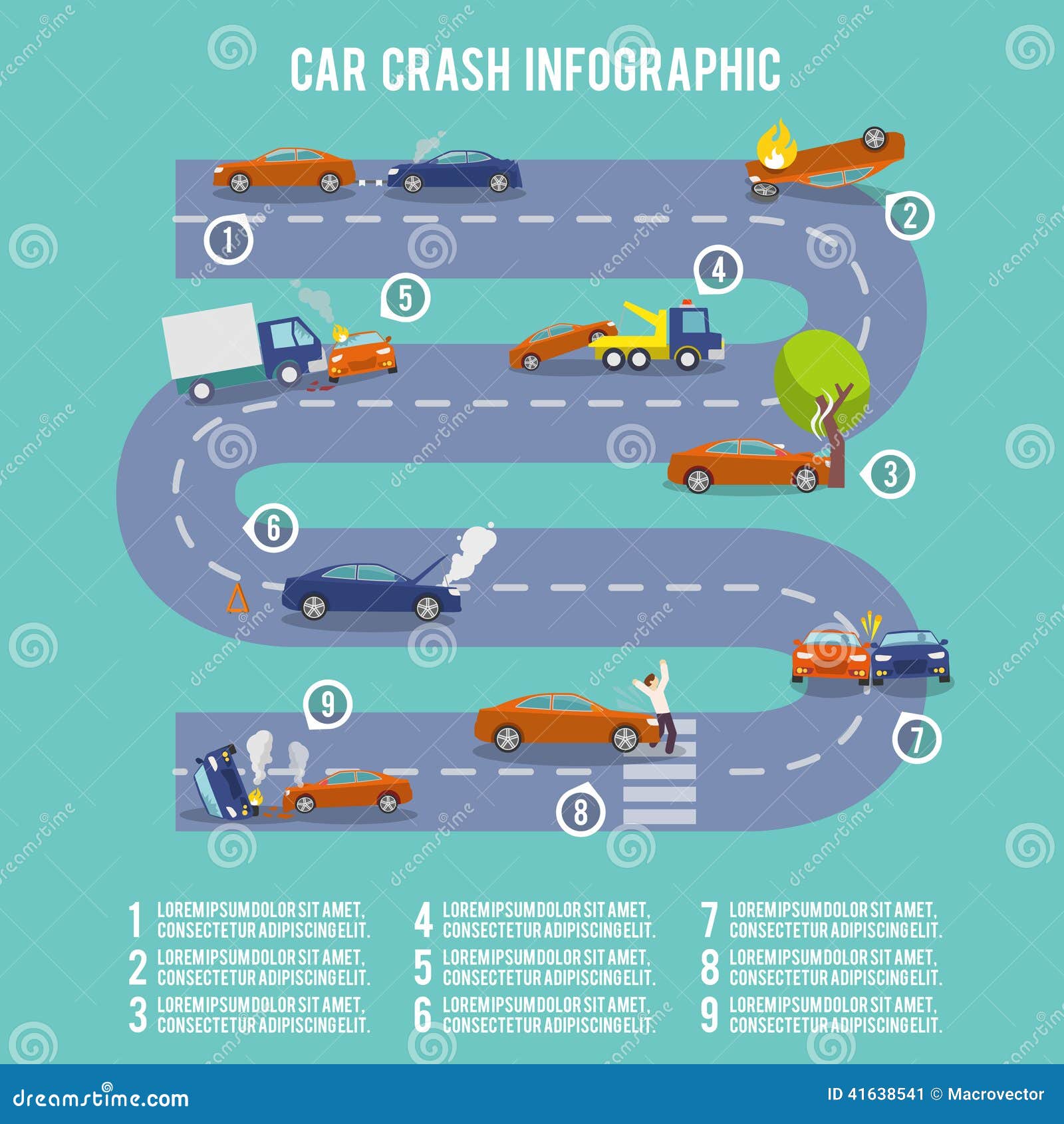Understanding The Meaning Behind Your Vehicle'S Warning Lights: An Extensive Look
Understanding The Meaning Behind Your Vehicle'S Warning Lights: An Extensive Look
Blog Article
Produced By-Termansen Winters
When you lag the wheel, those glowing warning lights on your dashboard can be a bit difficult. Do you understand what they're attempting to inform you about your car's health and wellness? Understanding the importance of these lights is important for your security and the long life of your lorry. So, the following time one of those lights appears, wouldn't you want to decipher its message accurately and take the required actions to resolve it?
Common Caution Lighting and Interpretations
Identify common caution lights in your automobile and comprehend their definitions to make certain safe driving.
The most regular warning lights consist of the check engine light, which signals concerns with the engine or discharges system. If this light begins, it's important to have your car inspected quickly.
The oil pressure alerting light suggests reduced oil pressure, requiring immediate attention to prevent engine damages.
A flashing battery light may recommend a defective billing system, potentially leaving you stranded otherwise resolved.
The tire stress tracking system (TPMS) light informs you to low tire pressure, impacting car security and fuel performance. Ignoring this could cause hazardous driving conditions.
The abdominal light shows an issue with the anti-lock stopping system, compromising your capability to stop swiftly in emergencies.
Lastly, the coolant temperature level cautioning light warns of engine getting too hot, which can lead to extreme damages otherwise fixed swiftly.
Understanding these usual caution lights will aid you attend to problems without delay and preserve safe driving conditions.
Importance of Prompt Interest
Understanding the typical caution lights in your cars and truck is only the first step; the significance of promptly attending to these warnings can not be stressed enough to guarantee your security when driving.
When visit the following site illuminates on your control panel, it's your car's method of connecting a possible concern that requires interest. Ignoring these cautions can bring about much more extreme problems later on, compromising your safety and security and possibly costing you a lot more in repairs.
detailing automobiles to alerting lights can avoid break downs and mishaps. As an example, a blinking check engine light can indicate a misfire that, if left neglected, could cause damage to the catalytic converter. Addressing this promptly can save you from a costly repair.
In a similar way, a brake system advising light might signify reduced brake fluid or worn brake pads, crucial elements for your security when driving.
DIY Troubleshooting Tips
If you observe a warning light on your control panel, there are a couple of DIY repairing ideas you can attempt before looking for professional aid.
The first step is to consult your automobile's handbook to recognize what the particular warning light suggests. In some cases the issue can be as easy as a loose gas cap activating the check engine light. Tightening the gas cap may settle the problem.
One more common concern is a reduced battery, which can set off various warning lights. Examining the battery links for deterioration and guaranteeing they're safe and secure may take care of the problem.
If a warning light continues, you can attempt resetting it by detaching the cars and truck's battery for a few minutes and afterwards reconnecting it. Additionally, checking your automobile's fluid levels, such as oil, coolant, and brake liquid, can help repair advising lights related to these systems.
Final thought
Finally, understanding your cars and truck's warning lights is essential for maintaining your vehicle running efficiently and securely. By without delay resolving these alerts and knowing what they suggest, you can avoid expensive repairs and possible break downs.
Keep in mind to consult your cars and truck's guidebook for particular information on each warning light and do something about it appropriately to guarantee a trouble-free driving experience.
Keep notified, remain safe when traveling!
